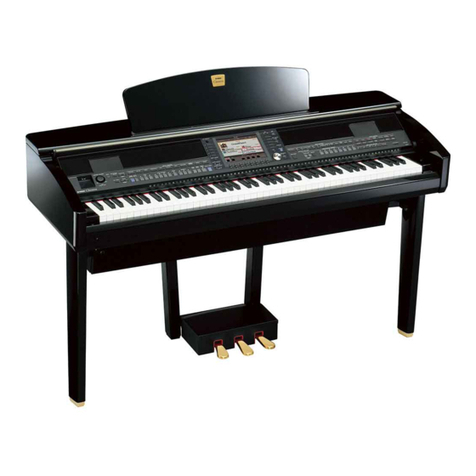Yamaha DX711 Series User manual
Other Yamaha Synthesizer manuals
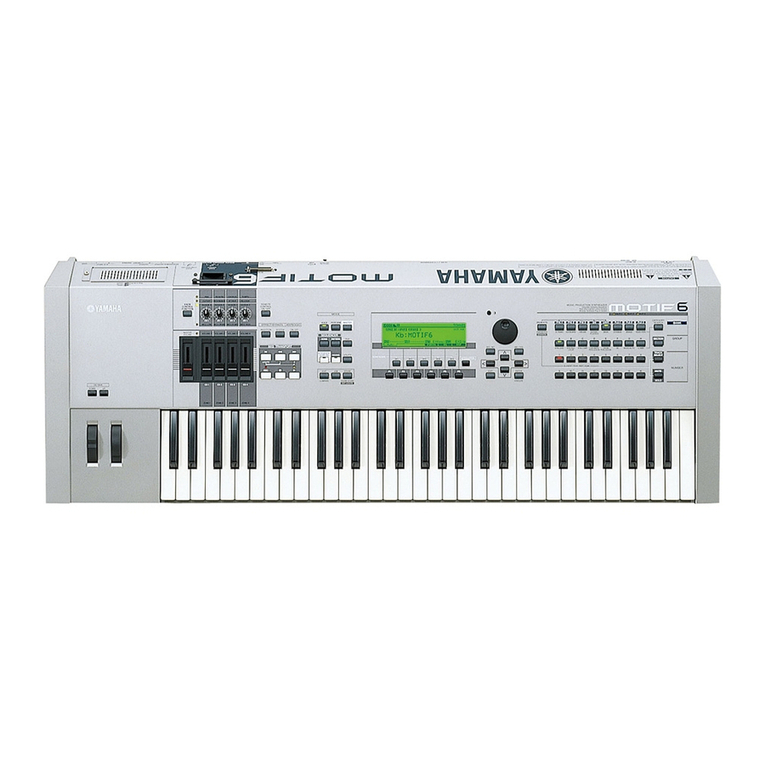
Yamaha
Yamaha MOTIF6 Voice Editor Use and care manual
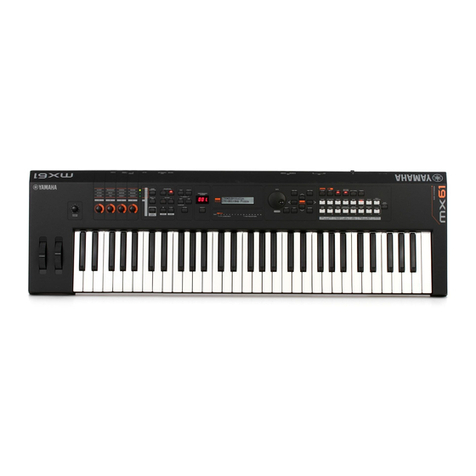
Yamaha
Yamaha MX61 User manual
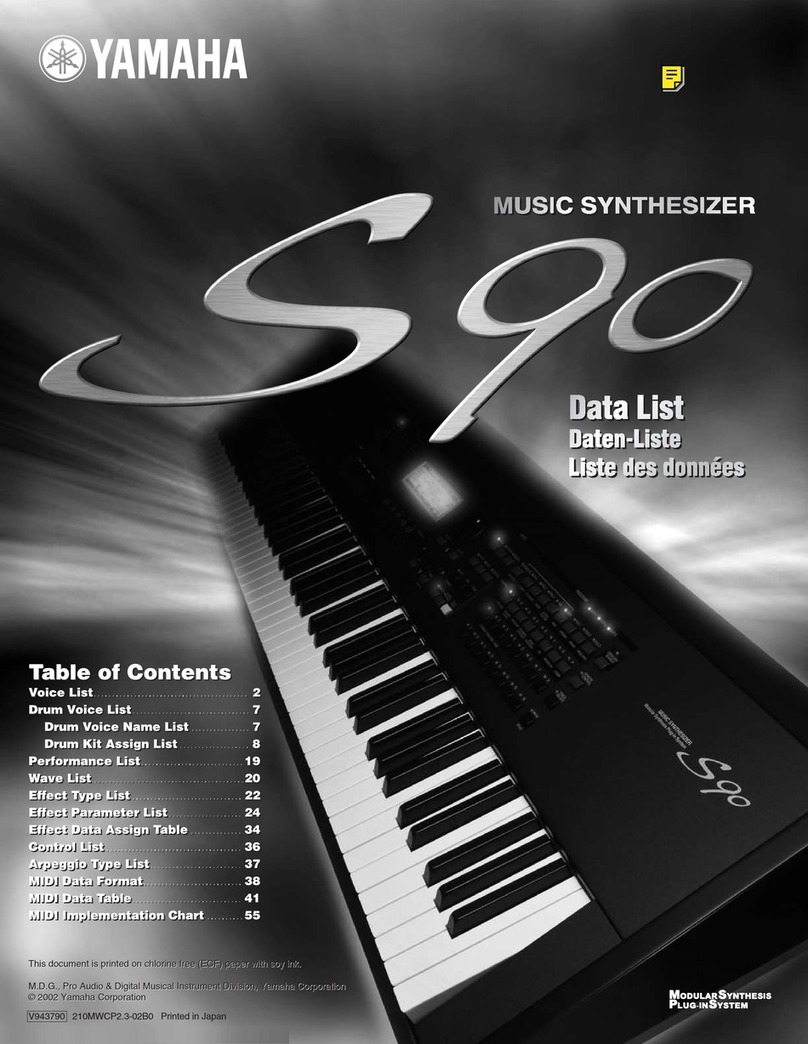
Yamaha
Yamaha S90 Instruction Manual
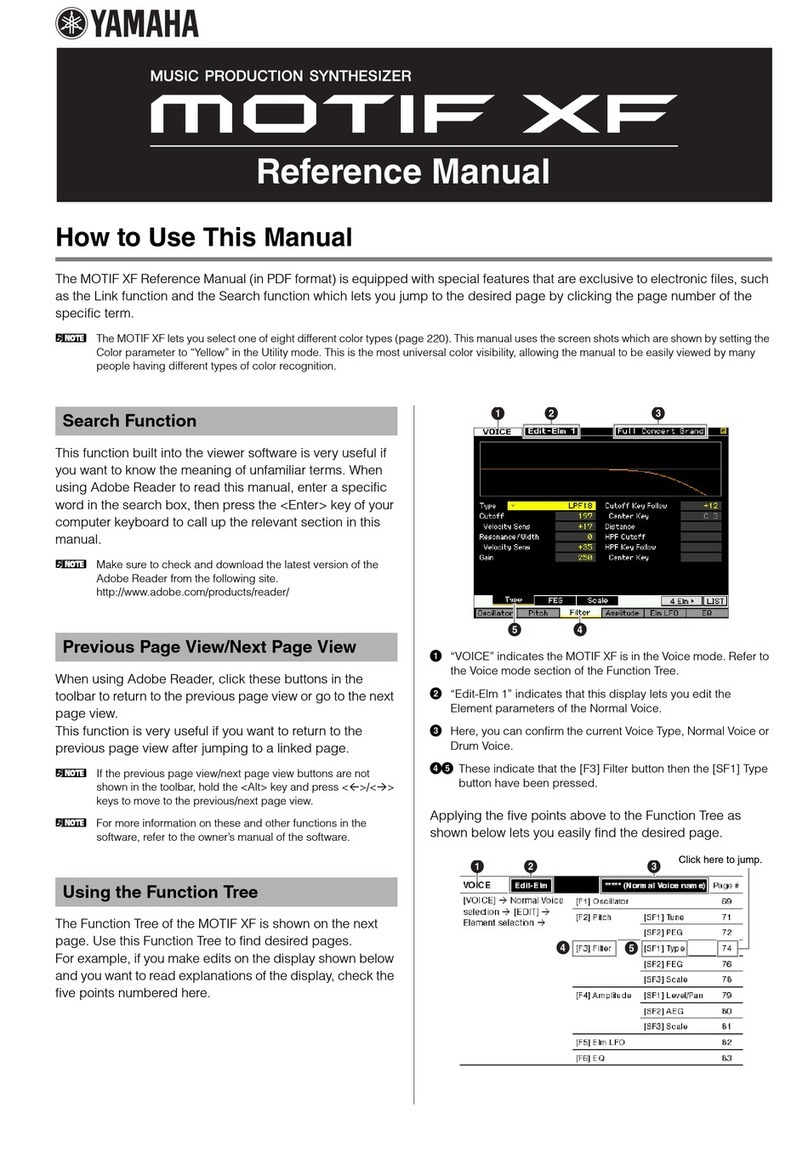
Yamaha
Yamaha MOTIF XF User manual
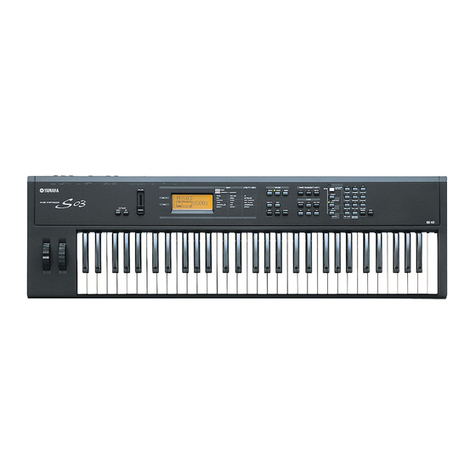
Yamaha
Yamaha Midi XG S03S Assembly instructions
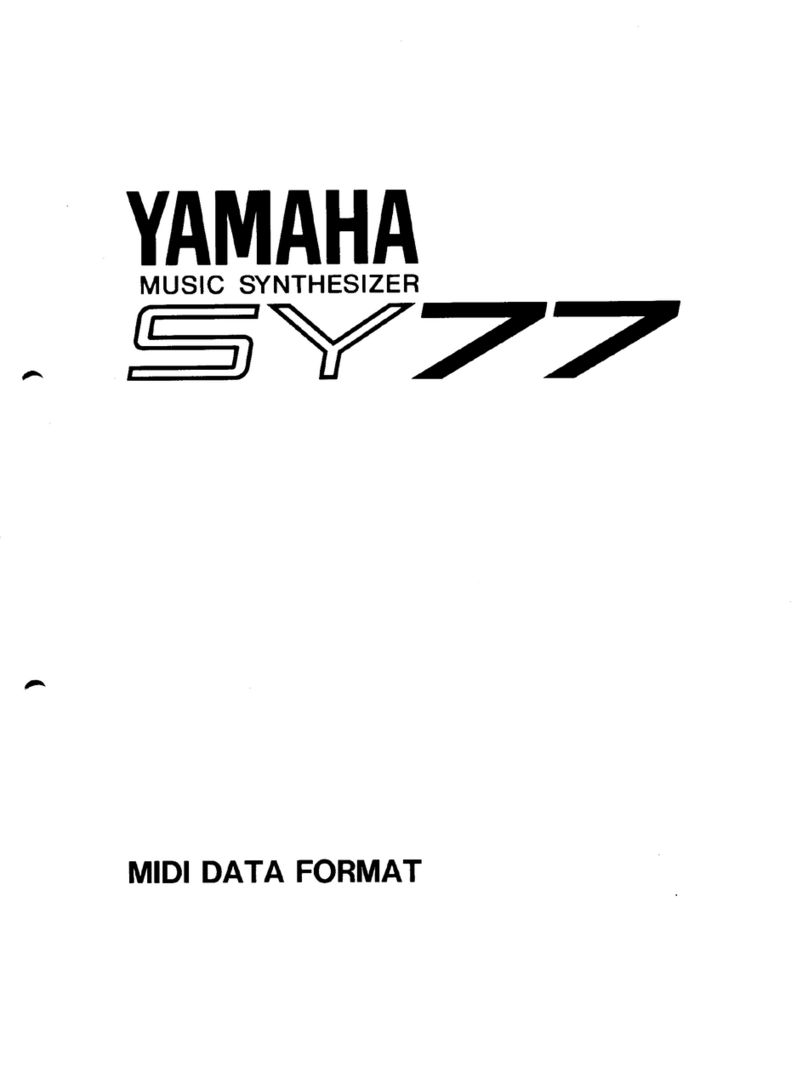
Yamaha
Yamaha SY-77 User manual
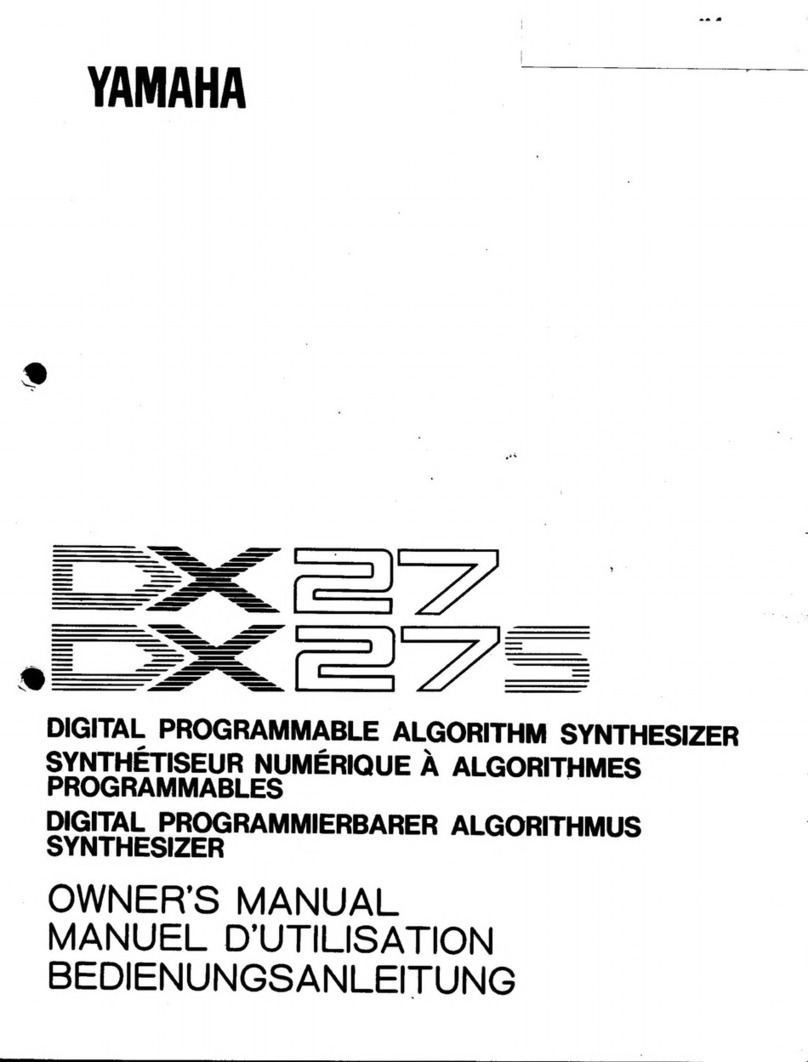
Yamaha
Yamaha DX27 User manual

Yamaha
Yamaha SY-35 User manual
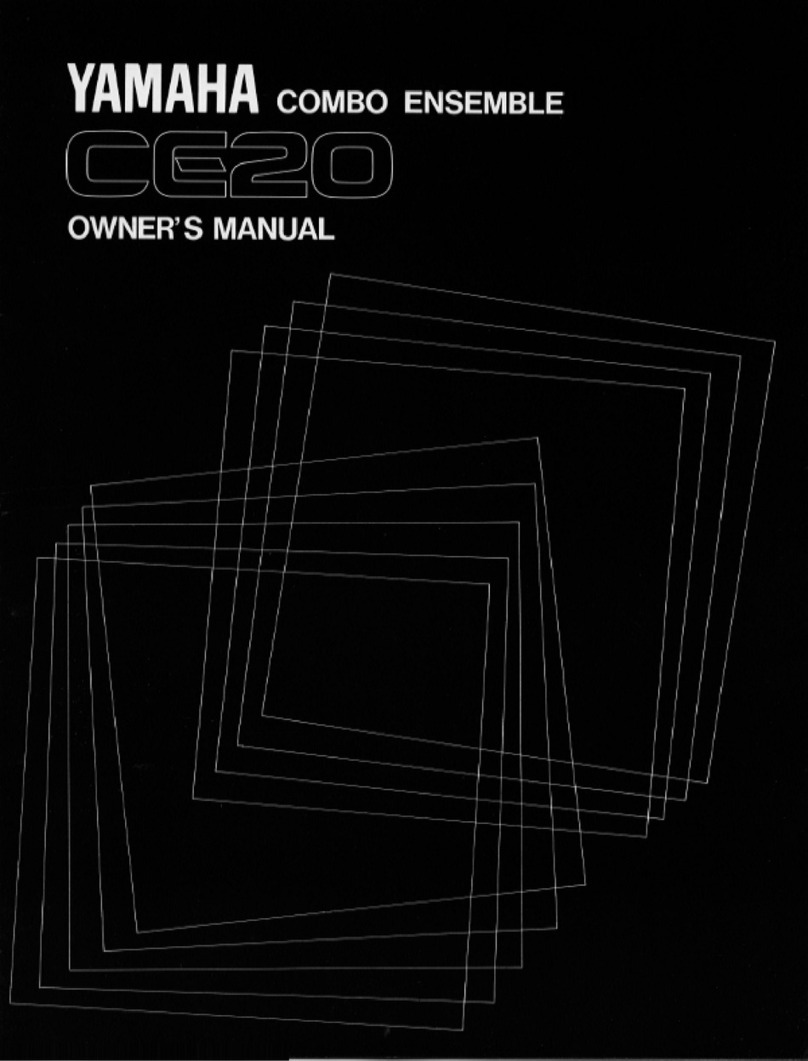
Yamaha
Yamaha CE20 User manual
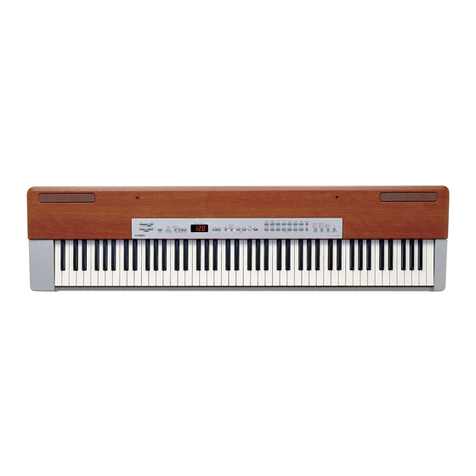
Yamaha
Yamaha P-120 User manual

Yamaha
Yamaha CS-20M User manual
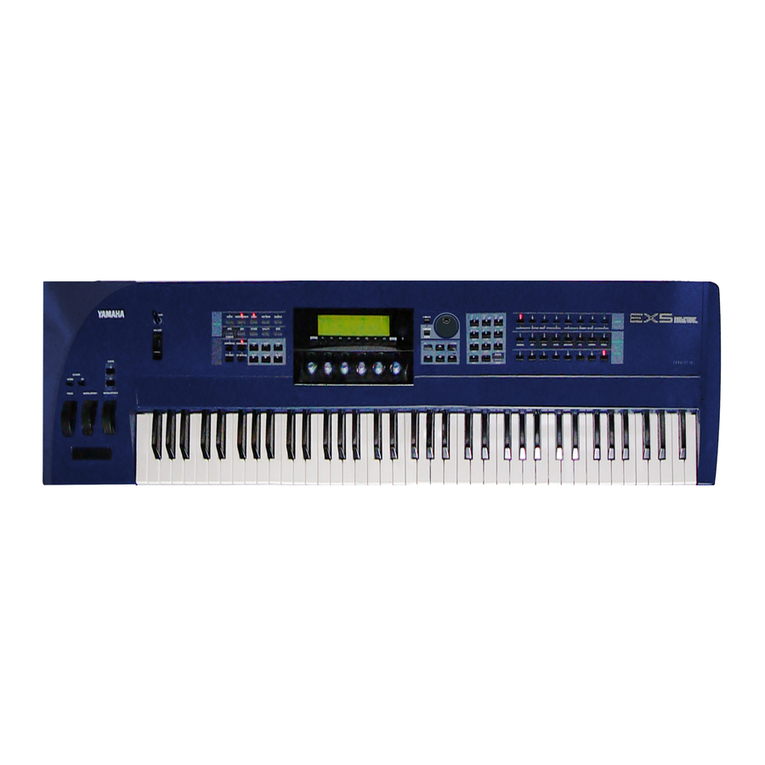
Yamaha
Yamaha EX5 User manual
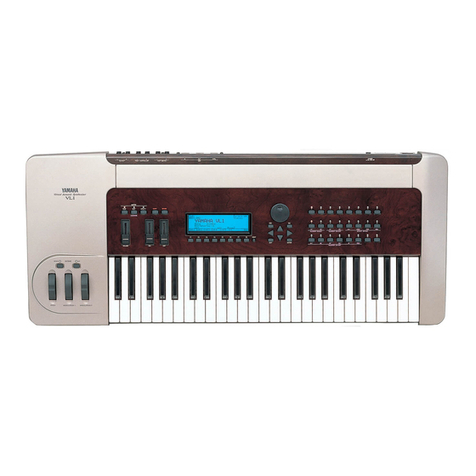
Yamaha
Yamaha VL-1 User manual
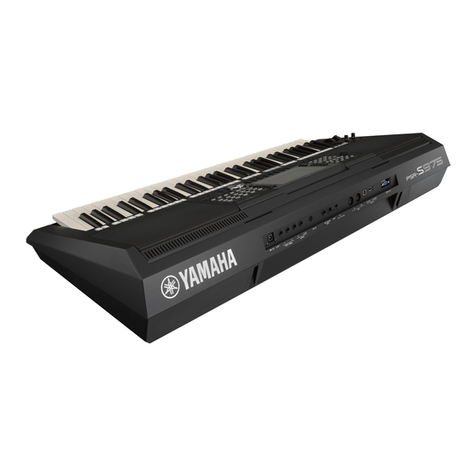
Yamaha
Yamaha PSR-S975 User manual
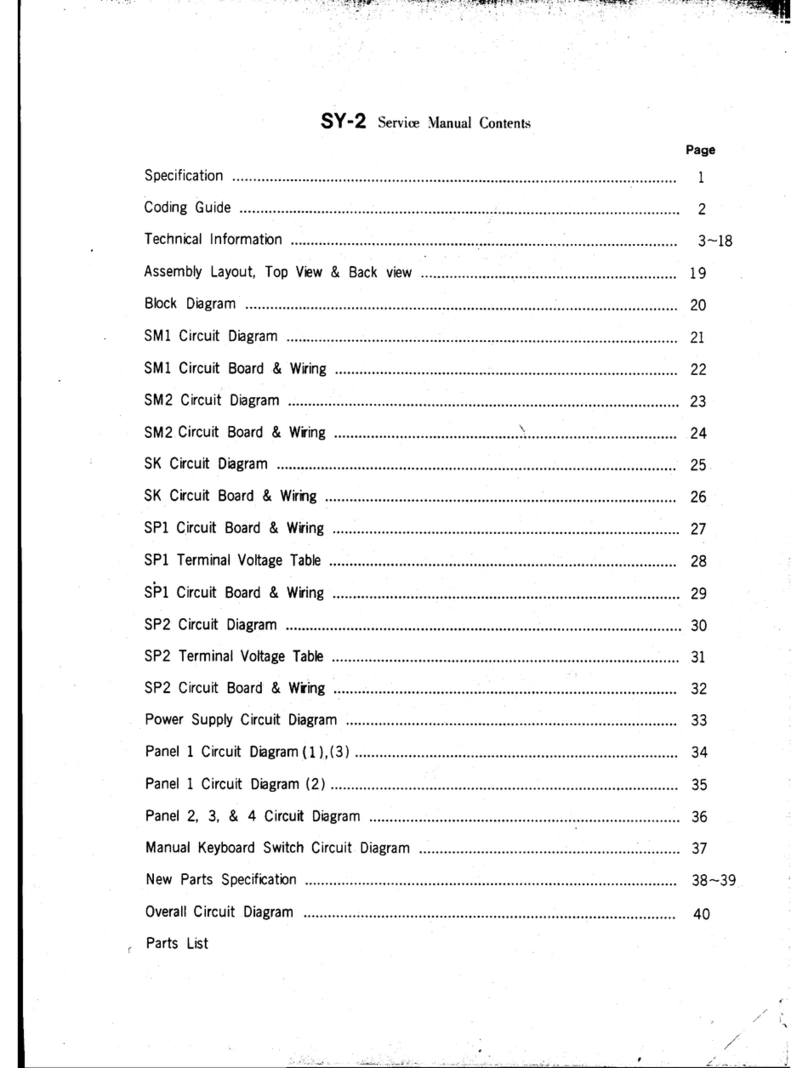
Yamaha
Yamaha SY-2 User manual

Yamaha
Yamaha JOGR JOGRR CS50 User manual
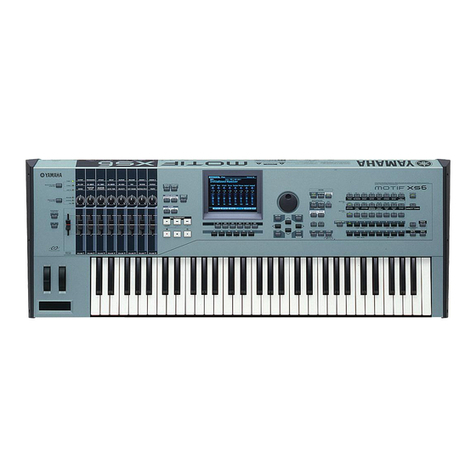
Yamaha
Yamaha MOTIF XS6 Instruction Manual

Yamaha
Yamaha SY55 Manual

Yamaha
Yamaha FB-01/U User manual
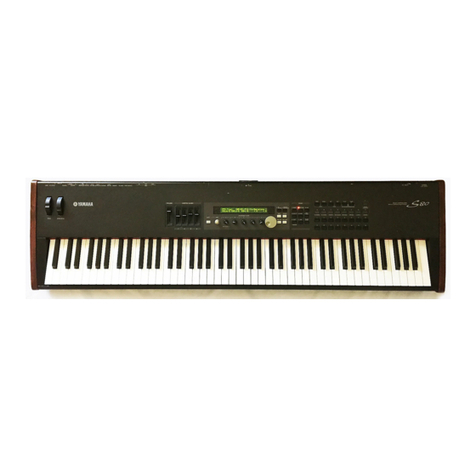
Yamaha
Yamaha S-80 Instruction Manual


